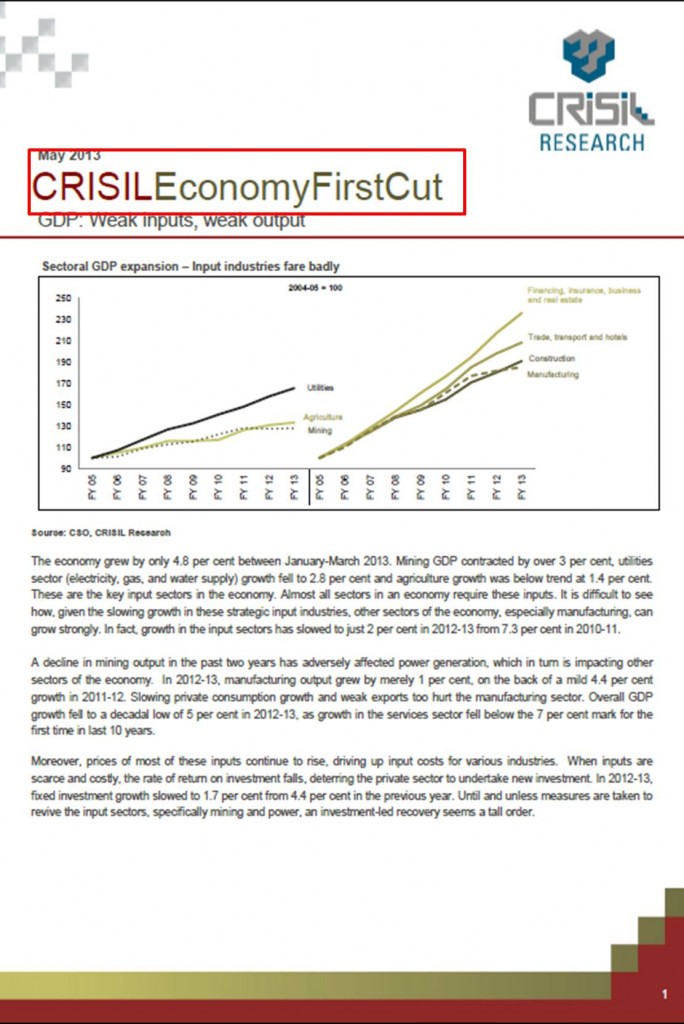The Craft and Study of Stock Analysis for Shareholders

Equity analysis is a vital process that enables investors to make wise decisions in the dynamic world of stock markets. With countless opportunities and risks at every turn, understanding the basics of equity analysis becomes necessary. It is not just about crunching numbers; it involves a combination of art and analysis, where analytical skills meet market intuition. This balance allows investors to maneuver through the complexities of various financial instruments and spot stocks that are poised for expansion.
In an dynamic market landscape, leveraging the expertise of equity analysis specialists can provide a significant advantage. These analysts utilize a variety of approaches to assess a company’s financial health, competitive positioning, and growth potential. By combining quantitative metrics with qualitative insights, they offer a comprehensive perspective that can guide investment strategies. Whether you are a seasoned investor or just embarking on your journey, understanding the nuances of equity analysis can boost your ability to make wise financial decisions and ultimately achieve your investment goals.
Comprehending Stock Analysis

Share evaluation is a crucial method that involves evaluating a firm’s monetary health, future growth, and total value to create informed investment decisions. Investors strive to identify the intrinsic value of a share by analyzing various financial metrics, company news, industry developments, and economic conditions. By evaluating these elements, analysts can recognize underpriced or expensive shares, guiding their acquisition or divestment strategies.
One key element of equity analysis is the review of financial statements, which include the balance sheet, income statement, and cash flow statement. These reports provide insight into a company’s revenue, expenses, profits, and debt levels. Professionals in equity analysis use these statements to determine important ratios such as earnings per share, return on equity, and price-to-earnings ratio, helping investors assess a company's performance in comparison to its peers.
In alongside numerical analysis, qualitative aspects also play a significant role in equity analysis. This includes grasping the company's management team, market status, competitive benefits, and potential hazards. equity research report that integrates both quantitative and qualitative assessment allows investors to gain a complete view of the stock, ultimately enabling them in making prudent investment choices. Engaging with equity analysis experts can significantly enhance this process, as they bring expertise and know-how to the forefront, ensuring that all relevant data is considered.
Key Measures and Methods
In stock analysis, investors utilize crucial measures to assess the financial health and market potential of a company. A widely used measure is EPS, which represents a company's profitability on a share basis. A large EPS indicates a prosperous company that may yield substantial returns for investors. Another important metric is the Price-to-Earnings ratio, which compares the company’s present share price to its EPS. A small P/E ratio might indicate that a stock is cheap, while a increased P/E could signal an overvalued stock or market expectations of upcoming growth.
Analysts also analyze financial measures to gain insights into cash flow, profitability, and leverage. The Liquidity Ratio measures a company's ability to meet immediate obligations, while the Debt-to-Equity ratio evaluates financial risk by contrasting total debts to shareholder equity. These measures provide a complete view of the company's operational efficiency and risk profile, aiding investors in making wise investment decisions. Comprehending these measures allows investors to compare companies across fields and pinpoint opportunities for investment.
Equity analysis methods vary, but two prevalent approaches are fundamental analysis and technical analysis. Fundamental analysis consists of reviewing financial statements, competitive position, and market trends to estimate a company's true value. In contrast, technical analysis focuses on historical price movements and trading volumes to spot patterns and make predictions about future price actions. By applying these techniques, investors can develop strategies that suit their investment goals, ultimately allowing them to capitalize on chances in the equity markets.
Utilization in Investment Approaches
Stock evaluation serves as a core component for building successful investment plans. By methodically evaluating a firm's financial health, growth potential, and competitive position, investors can develop a detailed understanding of how to allocate their capital. Integrating equity analysis enables individuals to discover undervalued stocks that may present significant upside, allowing informed choices based on data-driven data rather than speculation. This strategic methodology often results in better risk-optimized returns over time.
Additionally, equity analysis enables the evaluation of broader market movements and sector performance metrics. Market participants specializing in equity analysis can utilize their understandings to adjust their investment portfolios according to economic conditions, enhancing overall investment results. Understanding sector trends, regulatory shifts, and macroeconomic indicators allows for timely adjustment and strategizing, which can be critical in unstable environments. This flexibility creates robustness into investment approaches.
In addition, collaboration with equity analysis specialists can offer a competitive edge. Through collaboration with seasoned analysts, investors gain access to sophisticated models and techniques that may enhance their grasp of complex market variables. This cooperation can lead to the creation of unique investment theses and diversified portfolios aligned with individual risk profiles and return expectations. Engaging with equity analysis experts fosters knowledgeable decision-making that aligns with long-term financial objectives.
